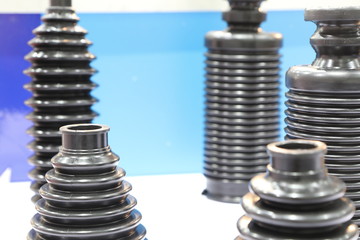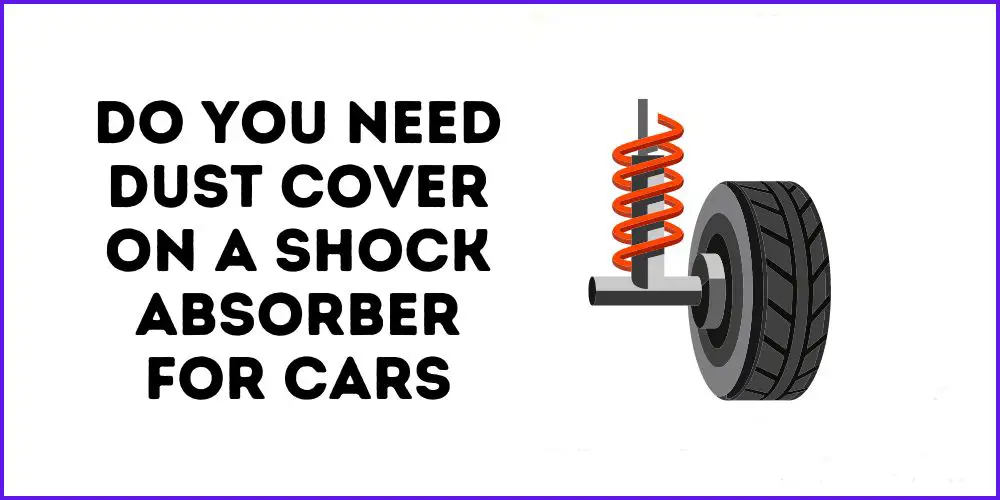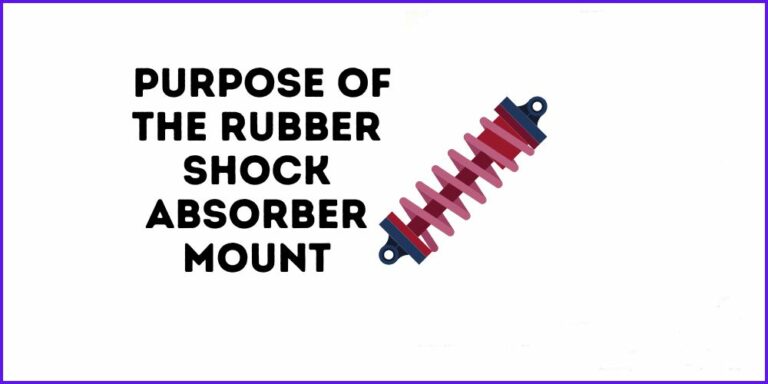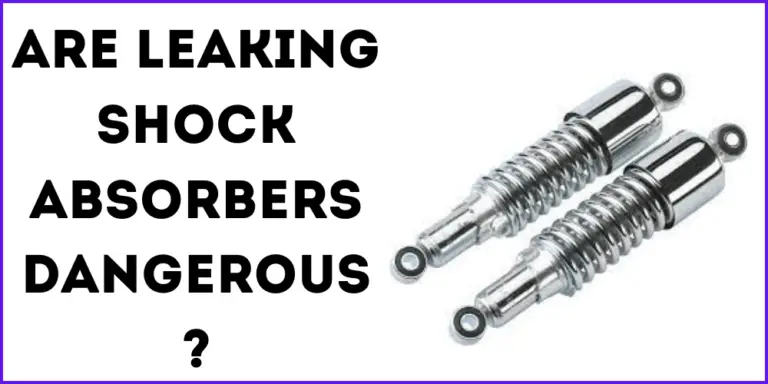When it comes to ensuring the safety and proper functioning of your car, it is important to understand the role of the shock absorbers. Shock absorbers are essential components of a car’s suspension system, and they work to provide a smooth and comfortable ride.
An important question that many cars owners have is: do you need the dust cover on a shock absorber for cars? The answer is yes, and in this blog post, we will explain why. The dust cover keeps dirt, debris, and other contaminants away from the shock absorber, preventing it from becoming overworked and potentially damaged.
Additionally, the dust cover helps to prevent water and other liquids from entering the shock absorber, which can lead to premature wear and tear. With this in mind, it is clear that having the dust cover on a shock absorber for cars is a must for car owners.
Are dust covers necessary for shocks?
The dust cover on a shock absorber is a rubber or plastic protective covering that is placed over the top of the shock absorber.

Its main function is to protect the shock absorber from dust, debris, and other contaminants that can accumulate on the road. These contaminants can cause wear and tear on the shock absorber over time, reducing its effectiveness and potentially leading to failure.
The dust cover also helps to keep water and other liquids from getting inside the shock absorber, which can cause rust and corrosion. Additionally, the dust cover can help to keep out road salt and other harsh chemicals, which can also cause damage to the shock absorber.
In general, dust covers are necessary for shocks, as they help to protect the shock absorber from wear and tear and extend its lifespan. However, if the dust cover is missing or damaged, it can be replaced. It’s important to note that the dust cover is not a substitute for proper maintenance and care of the shock absorber.
Should You Keep the Dust Cover On?
The main pros of keeping the dust cover on is that it helps to protect the shock absorber from dust, debris, and other contaminants that can accumulate on the road. This can help to extend the lifespan of the shock absorber and ensure that it continues to function effectively.
One con of keeping the dust cover on is that it can trap heat inside the shock absorber, which can cause the shock absorber oil to break down more quickly. This can lead to a reduction in the shock absorber performance over time.
When deciding whether to keep the dust cover on or not, some factors to consider include:
- The type of driving you to do: If you mostly drive on paved roads with minimal dust and debris, it may be less important to keep the dust cover on. However, if you frequently drive on dirt roads or in areas with a lot of dust and debris, it may be more beneficial to keep the dust cover on to protect the shock absorber.
- The climate and environment: If you live in an area with harsh winters and heavy snow, the dust cover can help to protect the shock absorber from road salt and other chemicals. However, in a hot and dry climate, the dust cover can trap heat inside the shock absorber, which can cause the oil to break down more quickly.
- The age and condition of the shock absorber: If your shock absorber is relatively new and in good condition, it may not be as critical to keep the dust cover on. However, if your shock absorber is older or in poor condition, it may be more important to keep the dust cover on to help protect it from further wear and tear.
Maintenance and Replacement
Proper maintenance of the shock absorber and the dust cover is important to ensure that they continue to function effectively and extend their lifespan. Here are a few tips for maintaining your shock absorbers and dust covers:
- Check the dust cover: Regularly inspect the dust cover for any cracks or damage. If the dust cover is missing or damaged, it should be replaced to protect the shock absorber.
- Keep the shock absorber clean: Use a damp cloth to wipe down the shock absorber, removing any dust or debris that may have accumulated on it.
- Check for leaks: Look for any signs of oil leaks from the shock absorber. If you notice any leaks, it’s important to get the shock absorber serviced or replaced as soon as possible.
- Check the shock absorber’s performance: Regularly check the performance of your shock absorbers by pushing down on the corners of your vehicle. If the vehicle bounces or sways excessively, this may indicate that the shock absorbers need to be serviced or replaced.
The dust cover typically does not need to be replaced as often as the shock absorber, as it’s a rubber or plastic protective covering. But, if the dust cover is missing or damaged, it should be replaced to protect the shock absorber.
The shock absorber, on the other hand, should be replaced every 50,000 miles or so, or more frequently if you notice any signs of wear and tear, such as leaks or a decline in performance. However, the actual life of the shock absorber can vary depending on the use and the road conditions of the vehicle. It’s always best to consult the vehicle’s manual for the recommended replacement schedule.
It’s important to note that proper maintenance and care of your shock absorbers and dust covers can help to extend their lifespan and ensure that they continue to function effectively. It’s also a good idea to have your vehicle serviced regularly to check the condition of the shock absorbers and other components.
FAQs
Are dust covers necessary for shocks?
Yes, dust covers are necessary for shocks, as they help to protect the shock absorber from dust, debris, and other contaminants that can accumulate on the road. This can help to extend the lifespan of the shock absorber and ensure that it continues to function effectively.
Are dust covers worth it?
Yes, dust covers are worth it as they help to protect the shock absorber from dust, debris, and other contaminants that can accumulate on the road. This can help to extend the lifespan of the shock absorber and ensure that it continues to function effectively.
What material are dust covers made of?
Dust covers are typically made of rubber or plastic. They may also be made from other materials, depending on the manufacturer. The material of the dust cover should be flexible and durable to withstand harsh environments and road conditions.







